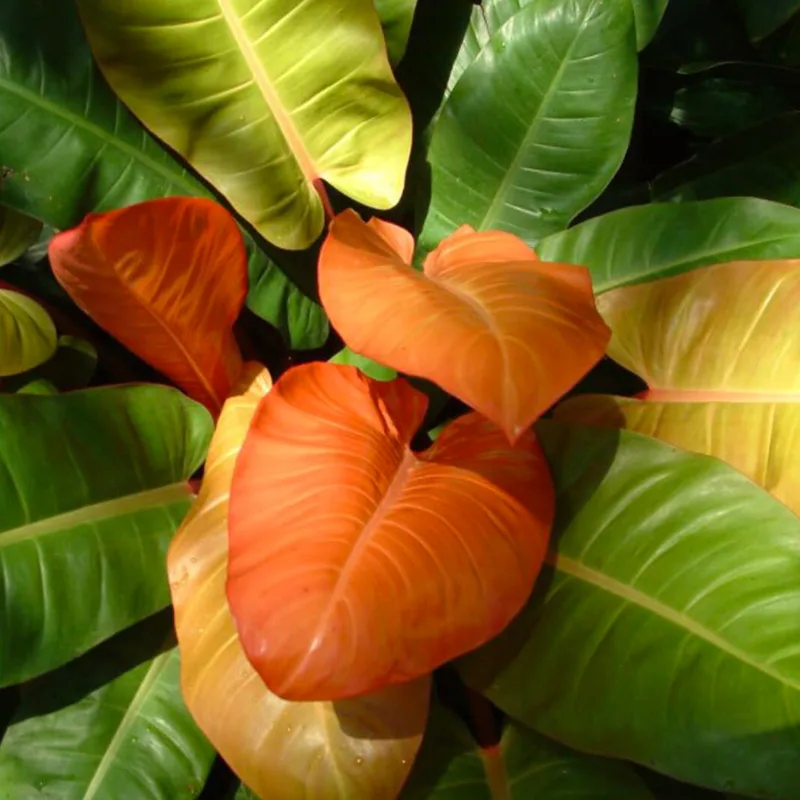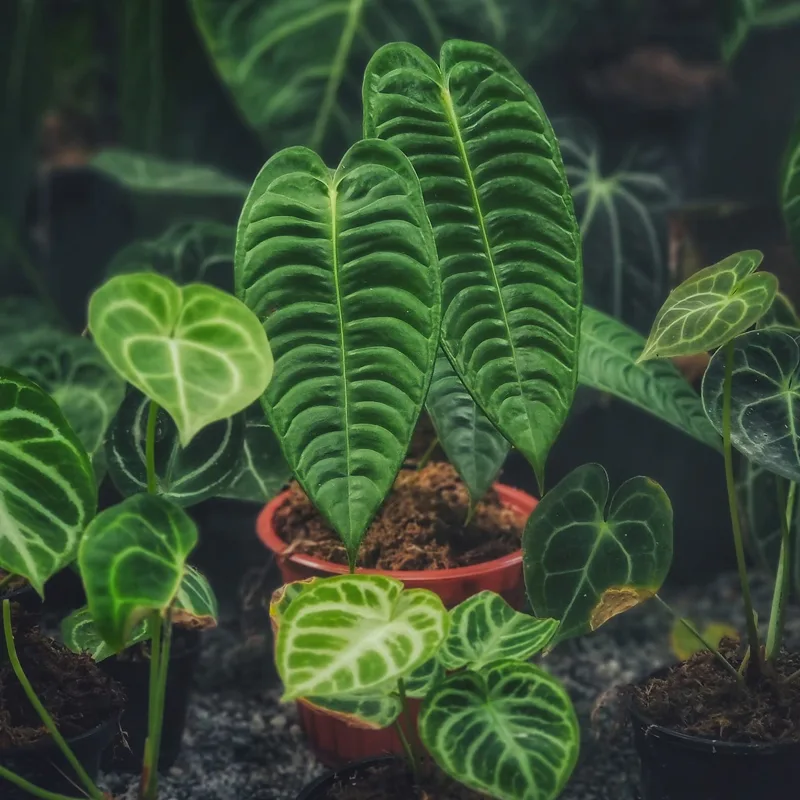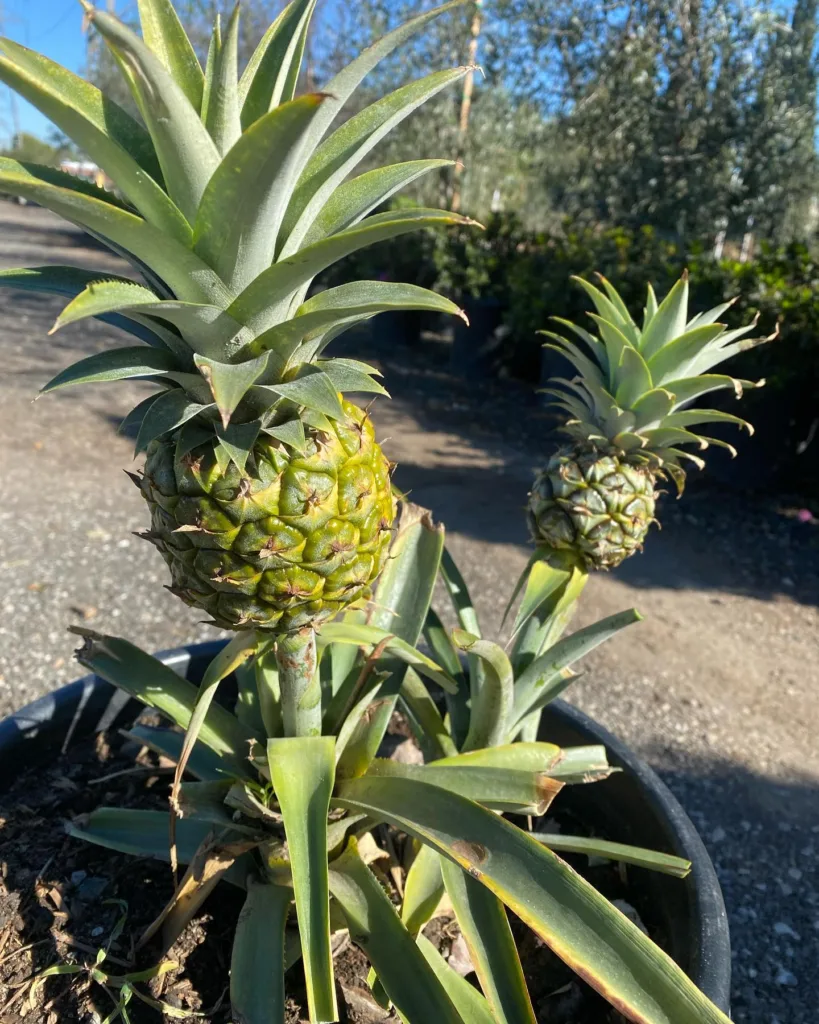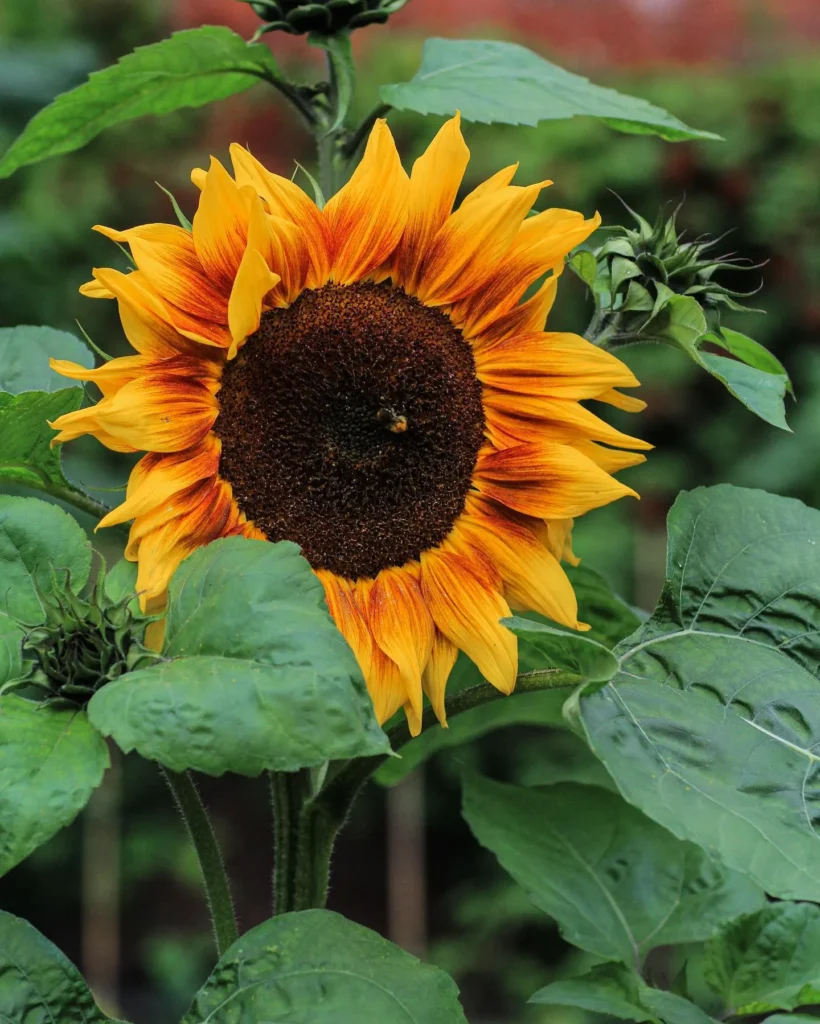Are marigolds perennials?
I always thought marigolds were perennials because I’d see them pop up year after year in my grandma’s garden. Turns out, she must have gotten lucky with some self-seeding varieties! Now that I’m planting my own flowers, I learned most marigolds are annuals. It was a bit disappointing, but on the bright side, they’re so easy to grow from seed that I can basically have a never-ending supply of sunshine in my garden every summer.
What do marigolds represent?
To me, marigolds have always represented the vibrant, joyful energy of summer. Growing up, they were a staple in my family’s garden, their bright orange and yellow faces always turning towards the sun. They also bring to mind the powerful fragrance of late summer afternoons. But beyond that, I’ve learned they have a rich symbolism across cultures, representing things like warmth, passion, and even a bridge between the worlds of the living and the dead.
Where to buy marigolds?
You have some great options for finding marigolds:
- Garden Centers and Nurseries: This is the classic spot! You’ll likely find the widest selection of marigold varieties, from compact dwarf kinds to giant, showy blooms. Plus, you can get advice from the staff.
- Farmers Markets: Local farmers often sell beautiful and healthy marigold seedlings in the spring. You’ll be supporting small businesses too!
- Home Improvement Stores: They usually have a decent selection of marigolds in their gardening sections – they’re easy to find!
- Online Retailers: Online seed catalogs and plant shops offer tons of choices, including some rarer marigold varieties. Just be sure to calculate shipping costs!
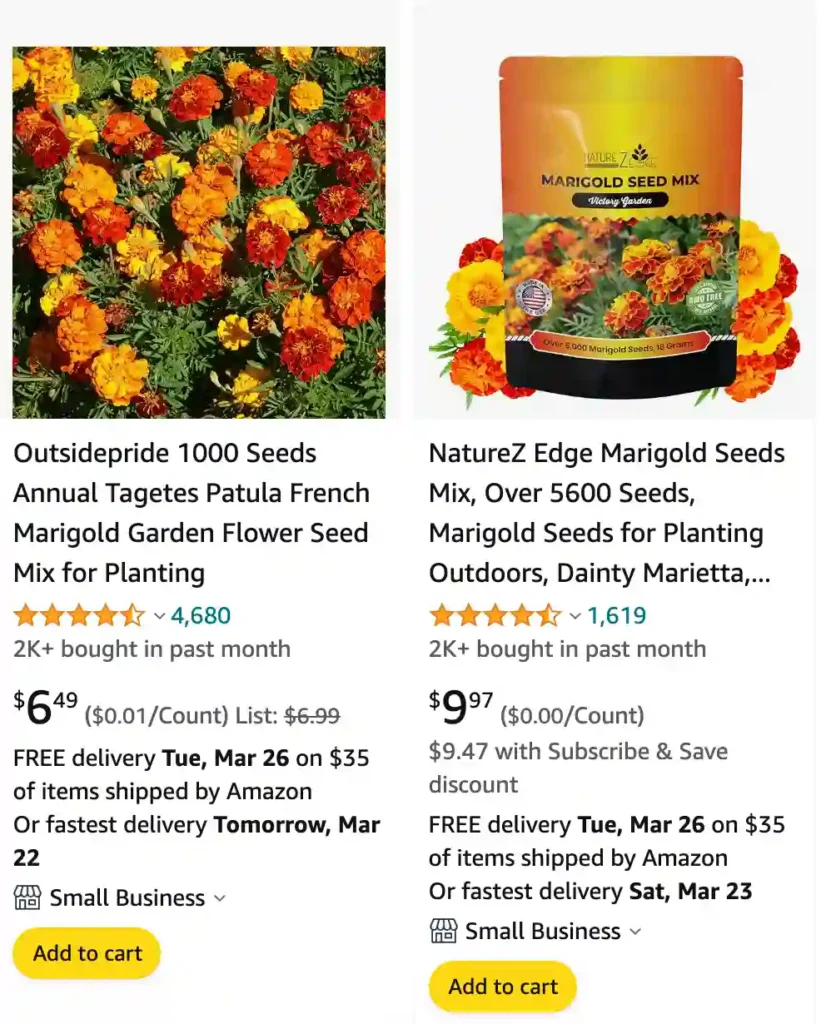
Are marigolds deer resistant?
Marigolds definitely help deter deer, which is why I always include them throughout my garden beds! Their pungent smell throws the deer off, making them steer clear of my more precious flowers and veggies. It’s not a fool-proof solution though. I’ve heard stories of hungry deer sometimes munching them if they’re desperate enough. Luckily, most of the time the marigolds do their job and keep my prized plants safe.
Are marigolds poisonous to cats?
This one always worries me a bit since I have two curious cats who love to explore my backyard! I’ve learned that it depends on the variety. Pot marigolds are generally safe, but some of the other marigold types can cause stomach upset in cats if they nibble on them. To be on the safe side, I keep the marigolds in raised beds or tall containers, making them hard for my little furballs to reach.
Do marigolds come back?
It’s kind of a mixed bag with marigolds. Most varieties are annuals, so they complete their cycle in one season and won’t return the following year. However, they’re experts at self-seeding! When the flowers die back, they drop seeds all over the place, and sometimes you get a glorious surprise the next spring with a new generation of marigolds popping up. It always feels like a little gift to find new marigolds growing where I thought they were gone forever.
Do marigolds need full sun?
Absolutely! I love planting marigolds in the hottest, sunniest spots in my garden. They absolutely thrive in full sun, and that’s when I notice them blooming with the most vibrant colors. Sometimes they can tolerate a touch of partial shade, especially in really hot climates, but overall, the sunnier, the better for marigolds. It’s almost like watching the sun fuel their little bursts of yellow and orange.
Do bees like marigolds?
I’ve noticed bees are definitely drawn to marigolds! There always seem to be a few buzzing around when my marigold plants are in full bloom. I think it’s a combination of the bright color attracting them and the sweet nectar the flowers offer. It’s really satisfying to know that my choice of flowers is not only brightening up the yard but also providing a little pit stop for the busy bees.
What eats marigolds?
Sadly, I’ve battled my fair share of pests enjoying a marigold feast. The worst offenders in my garden have been slugs and snails. Those slimy critters seem to leave trails across my leaves overnight and can munch some pretty big holes. I’ve also dealt with aphids – those tiny sap-sucking bugs can really do a number on the plants. Oh, and sometimes rabbits decide to nibble, but not as often as the creepy crawlies!
Can chickens eat marigolds?
Yes, chickens actually enjoy marigolds! Not only are they safe for chickens to snack on, but they can even be beneficial. Marigolds contain nutrients that are good for them, and the bright yellow petals can make their egg yolks more vibrant! I sometimes toss some fresh blossoms or dried, crumbled petals into their feed as a little treat. The addition of color is always a fun surprise when cracking open the eggs.
Do marigolds keep rabbits away?
Sadly, the old myth about marigolds repelling rabbits doesn’t really hold up in my experience. I used to think the strong smell might deter the furry munchers, but I’ve seen them nibble right past blooming marigold plants! Bunnies have caused some major headaches in my garden, and it seems they aren’t put off by the cheery flowers. Fencing has been the only truly effective way to keep them away from my plants.
How often to water marigolds?
Marigolds are pretty forgiving, but the watering frequency depends on a few things. In my experience, here’s a good rule of thumb:
- Established Plants: A good, deep watering once or twice a week does the trick, especially in warm weather. The goal is to moisten the soil a few inches down, but avoid making it soggy.
- Pots and Containers: These dry out faster, so I often need to water them every other day – sometimes even daily during a heatwave.
- Check the Soil: The finger test is the best way! Stick your finger an inch or two into the soil – if it feels dry, it’s definitely time to water.
What do marigolds symbolize?
Marigolds hold a fascinating mixture of meanings across different cultures. For me, they’ve always symbolized the vibrant joy of summer. But beyond that, they have deeper symbolism:
- Sun and Warmth: Their bright colors represent the warmth of the sun and are often associated with positive energy and optimism.
- Passion and Creativity: The fiery red and orange hues can symbolize passion, creativity, and determination.
- Grief and Remembrance: In some cultures, especially within Mexican traditions for Dia de Los Muertos, marigolds connect to grief, remembrance, and honoring those who have passed.
It’s amazing how a simple flower can carry such profound and varied meanings!
Why are my marigolds dying?
There are a few suspects to investigate when your marigolds start looking poorly:
- Watering Issues: Both under and overwatering can be culprits. Check the soil – too dry or too soggy are common causes of plant trouble. Adjust your watering schedule accordingly!
- Diseases: Fungal diseases like root rot or blight can attack marigolds, especially in damp conditions. Watch for wilting, brown spots, and mushy stems.
- Pests: Aphids, spider mites, or slugs can wreak havoc on your marigolds. They suck the sap, weaken the plant, and can spread disease.
- Too Much Shade: Marigolds adore the sun! If they’re not getting enough light, they’ll start to struggle.
- End of Season: Remember, most marigolds are annuals, so they naturally die off after their bloom cycle finishes.
Do some detective work and see if you can pinpoint the likely cause for your marigolds’ distress!
Can marigolds grow in shade?
While marigolds are pretty tough, they really do prefer to soak up the sun. They’ll tolerate a bit of partial shade, especially in really hot climates where the afternoon sun can be brutal. But if you plant them in full shade, expect them to get leggy, produce fewer flowers, and be more susceptible to pests and diseases. For the happiest, healthiest marigolds, those sunny spots are the way to go!
Do hummingbirds like marigolds?
Hummingbirds don’t typically go crazy for marigolds like they do for some other flowers. Marigolds don’t produce as much of the sweet nectar that hummingbirds crave, and their flower shape isn’t the easiest for those tiny beaks to access.
However, that doesn’t mean hummingbirds will totally ignore your marigolds! If there aren’t many other options around, they might still take a sip. Plus, marigolds attract insects, which hummingbirds also love to snack on. So, while it might not be their first choice, marigolds can still play a role in attracting hummingbirds to your garden.
How cold can marigolds tolerate?
Marigolds are surprisingly tough, but they definitely aren’t fans of the cold. They can handle light frosts, maybe down to about 40°F (around 4°C), but anything colder will start causing damage. Prolonged freezes are a death sentence for most marigold varieties. It’s best to think of them as warm-weather lovers who thrive in the heat and sunshine.
How many marigolds per square foot?
When planting marigolds using the square foot gardening method, the recommendation is to plant up to 4 marigold plants per square foot. This works best with compact, dwarf types of marigolds. If you’re using larger varieties, you might want to stick with 2-3 plants per square foot to avoid overcrowding.
